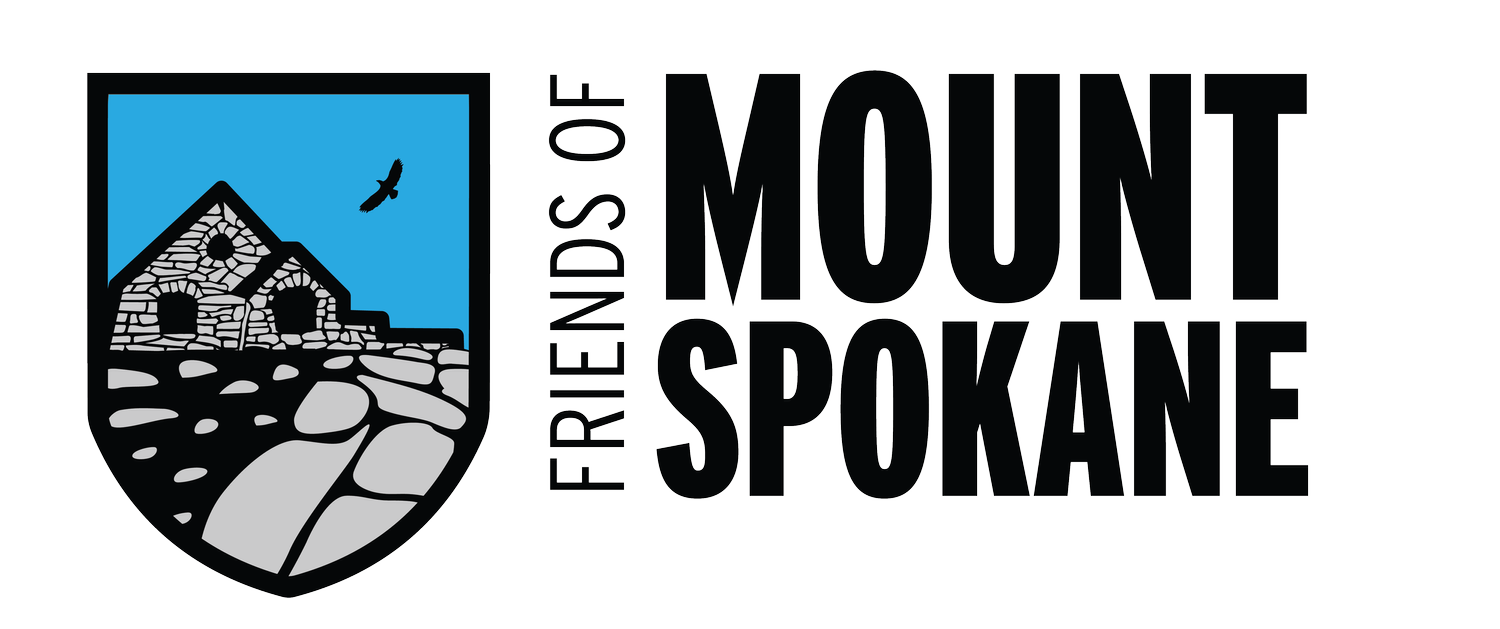A Retrospective
When I volunteered to serve as Chair of the newly appointed Mt. Spokane State Park Advisory Committee (AC) on May 25, 1995, I had no idea I would be leading the group for almost 26 years! I was already passionate about Mt. Spokane, and I was halfway through a Masters in Conflict Resolution at Antioch University. Since the purpose of the group was essentially to resolve conflicts through a consensus process, and since I was the only one who knew how to run a consensus process, I figured I may as well try to broaden my experience with the skills. I had also recently “retired” from my position as founder and co-director of the Dispute Resolution Center of Spokane County, where I conducted and promoted mediation sessions. And, I had plenty of time and youthful energy to devote. I also had three years of experience as president of the Washington Mediation Association. The AC had been formed to advise the state on how to manage Mt. Spokane State Park after its rather disastrous attempt to classify most of the land as Natural Forest Area. This would have effectively terminated any further recreational development other than for hiking.
The AC was also given the task of facilitating the formation of a separate, nonprofit Friends Group (FG) to raise $100,000 in matching funds for a park master planning process. A separate group was needed because advisory committees are not permitted to raise money, but the Commission wanted to maintain control over who served on the group providing them with advice. It would have had no such control if only a Friends Group had been created in the beginning. The Friends Group was formed in August and received its tax-exempt status a year later.
The two-group arrangement and the fundraising assignment were both quite problematic. It was very difficult to recruit members for the FG, because the real action was in the AC. It also turned out that FG members needed the same information that the AC did and vice versa, so it made sense to attend each others’ meetings. This led to scheduling consecutive meetings on the same night, quickly giving up the unrealistic fundraising goal, then merging the two memberships and officers, and eventually dissolving the AC in 2013. It was then expected that the FG would continue to give advice, an expectation that has only marginally been fulfilled.
So, how to sum up 26 years? It’s no secret that I have played an outsized role in the work of the AC and FG. While a lot has been accomplished, my success with sharing the load and delegating has been rather limited. Obviously, that is about to change with my retirement this month. The FG Board has reorganized with the establishment of three important committees and job descriptions. It has also been involved in a process of redefining its role and improving communications with Parks staff. To further aid the transition, I have been busy writing summaries of all of our past and current projects and have organized and digitally collected together all meeting minutes, newsletters, and important documents, including the procedures for fulfilling our responsibilities to the federal government, the state, county, city, and others.
During this process of looking back, I’ve put together the following list of our accomplishments. Our longest and most important project was assisting with land classification and drafting both the interim and final comprehensive trail plan and its addendum as part of the Master Facilities Plan of 2010. We were also instrumental in designating the snowmobile and snowshoeing trails and expanding the trail system for Nordic skiing. Funding, constructing, and maintaining the Snowshoe Hut was our second biggest project, along with securing the funding for a new vault toilet near the hut. Since 2000, we have worked on several trail rerouting and maintenance projects before turning most of that work over to WTA and Evergreen. We have created and published park maps and brochures since 2000, as well as various trail signs. We created a website for the free distribution of all manner of detailed information about the park. Annually for over 20 years we have worked on eliminating knapweed and illegal access from the Ragged Ridge Natural Area Preserve. We have created four interpretive signs with a fifth on the way. We published a unique 150-page guidebook for the park and the 250-page book on the unique history of Spokane skiing. We restored the CCC woodshed in the Cook’s Cabin Heritage Area. We have provided park tours and interpretive services for Spokane Parks & Rec outings and other groups. We replaced an historic plaque on the Day Road. We have donated trail-building tools, funding for a new CCC cabin roof, and emergency repairs for a Nordic groomer. We facilitated the construction and placement of two trailside log benches. We have published this annual newsletter. We have been a consistent advocate for balancing recreation with preservation, and for expanding the park’s boundaries. And we have proposed a consensus-based Selkirk Lodge expansion plan, as well as recommendations for a Cook’s Cabin interpretive trail, Vista House interpretation, and a tribute to the Spokane Tribe’s history on the mountain.
